🏺🔎 Secrets of an ancient craft: ganch — art embodied in gypsum
In Central Asia and Semirechye, ganch was widely used — a mixture of alabaster and loess (gypsum stone and gypsum powder). Gypsum is the most common sulphate mineral with the chemical formula CaSO 4·2H2O. The composition of the stone also includes impurities of clay and sand.
Scroll through the cards to read more about today's exclusive material!
#karpinskyclass #geofacts #exclusive
In Central Asia and Semirechye, ganch was widely used — a mixture of alabaster and loess (gypsum stone and gypsum powder). Gypsum is the most common sulphate mineral with the chemical formula CaSO 4·2H2O. The composition of the stone also includes impurities of clay and sand.
Scroll through the cards to read more about today's exclusive material!
#karpinskyclass #geofacts #exclusive
🔥6⚡3👍3👏3😁1
tgoop.com/karpinsky_geo_class/289
Create:
Last Update:
Last Update:
🏺🔎 Secrets of an ancient craft: ganch — art embodied in gypsum
In Central Asia and Semirechye, ganch was widely used — a mixture of alabaster and loess (gypsum stone and gypsum powder). Gypsum is the most common sulphate mineral with the chemical formula CaSO 4·2H2O. The composition of the stone also includes impurities of clay and sand.
Scroll through the cards to read more about today's exclusive material!
#karpinskyclass #geofacts #exclusive
In Central Asia and Semirechye, ganch was widely used — a mixture of alabaster and loess (gypsum stone and gypsum powder). Gypsum is the most common sulphate mineral with the chemical formula CaSO 4·2H2O. The composition of the stone also includes impurities of clay and sand.
Scroll through the cards to read more about today's exclusive material!
#karpinskyclass #geofacts #exclusive
BY KARPINSKY CLASS
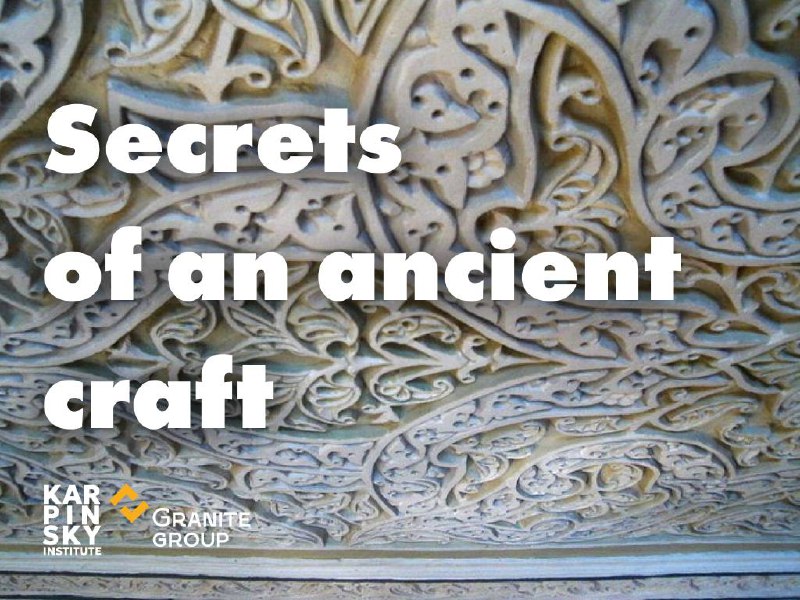

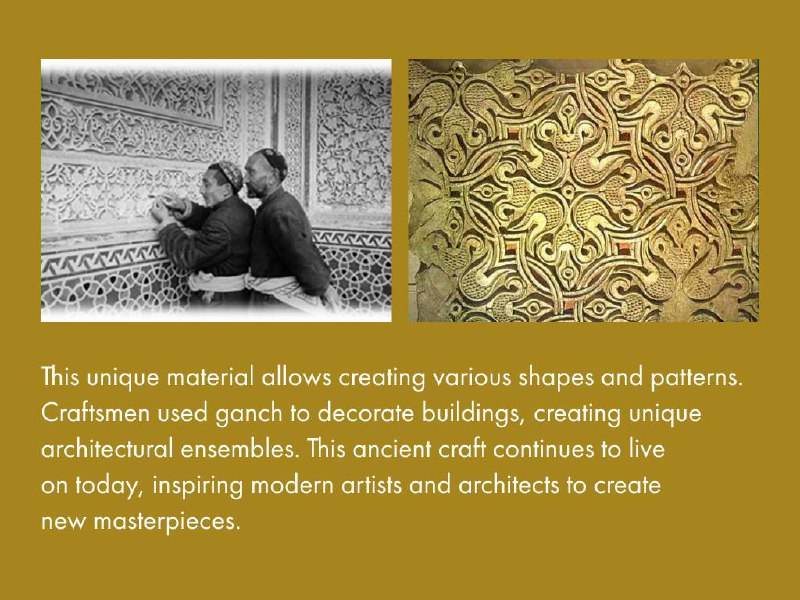
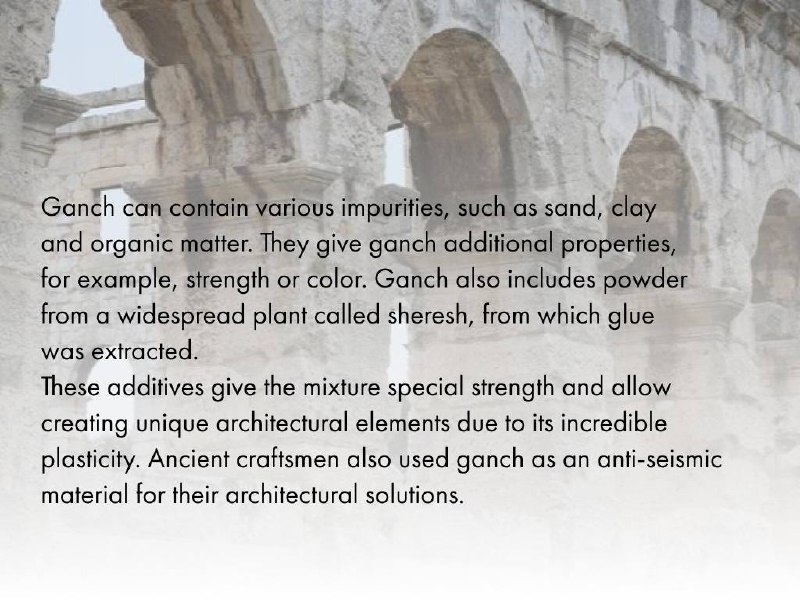
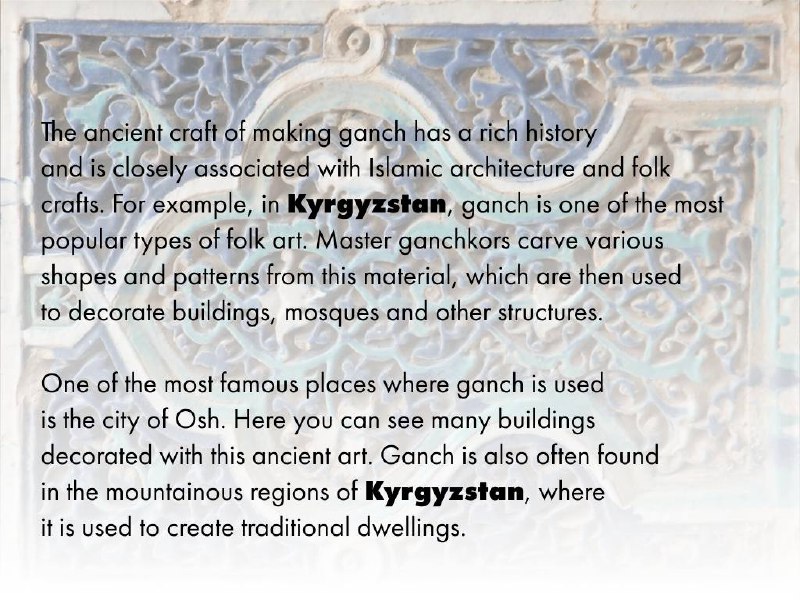
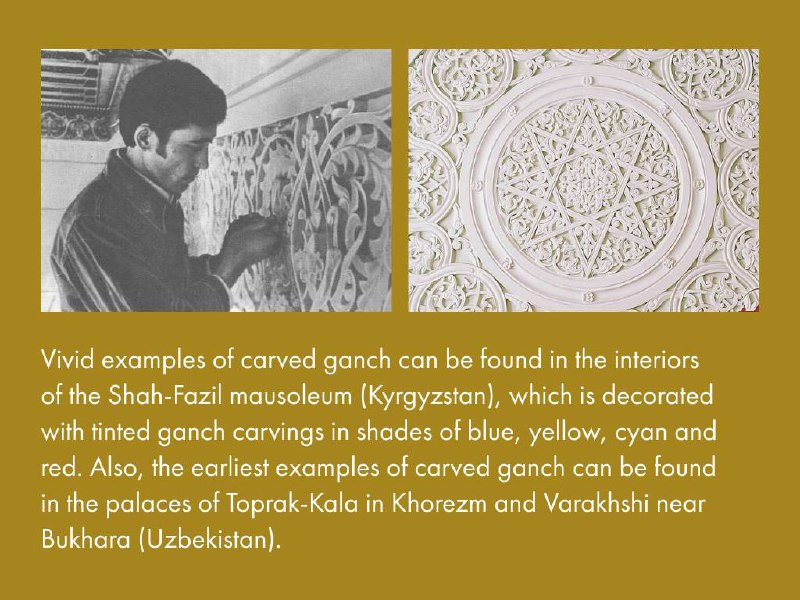
Share with your friend now:
tgoop.com/karpinsky_geo_class/289
